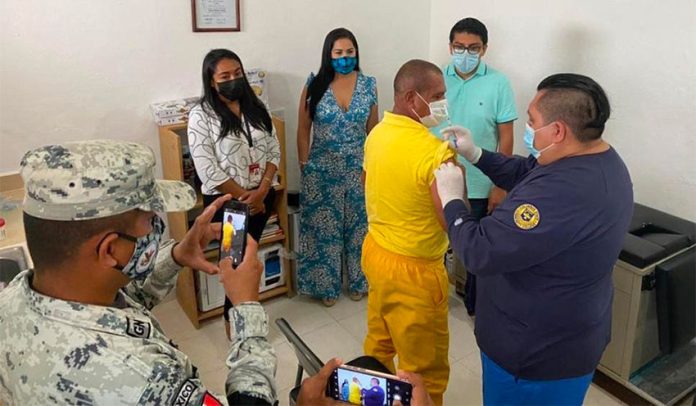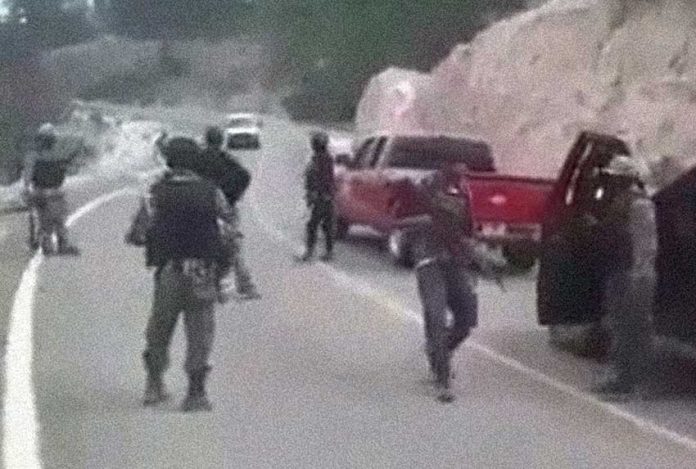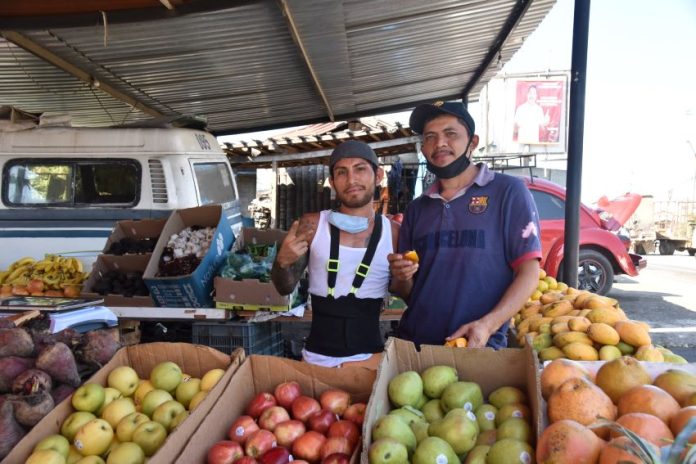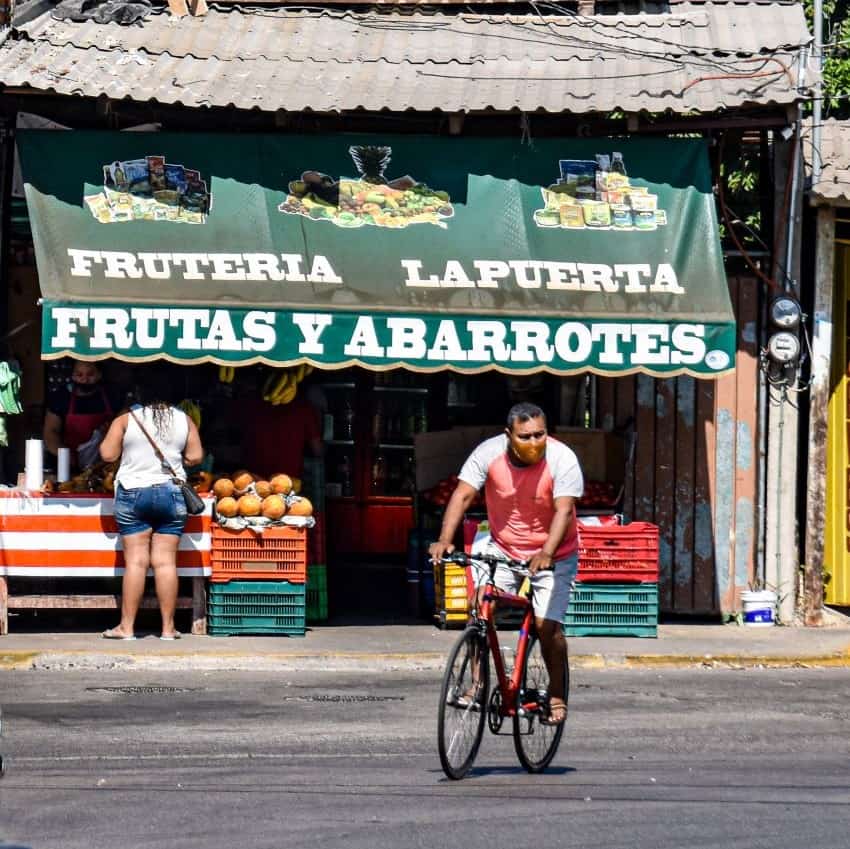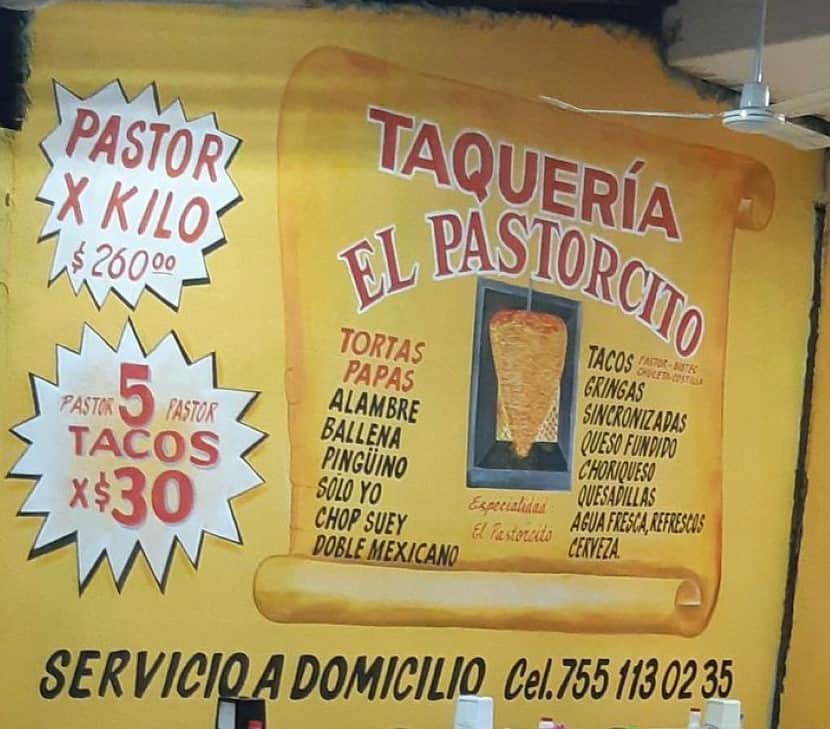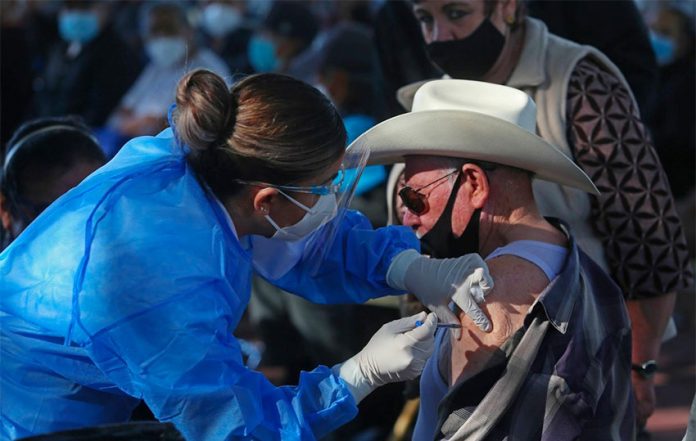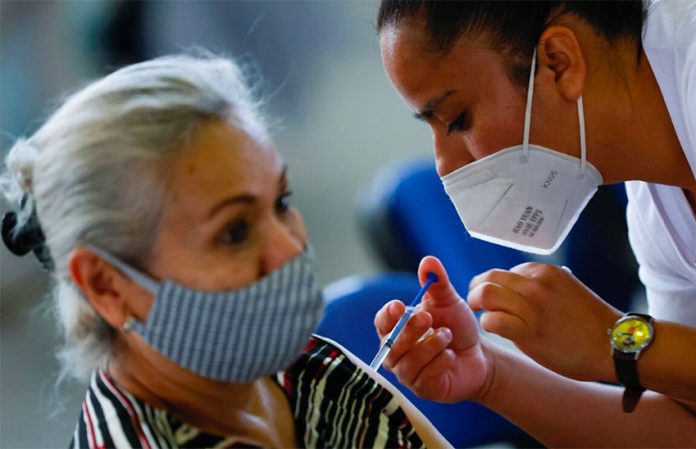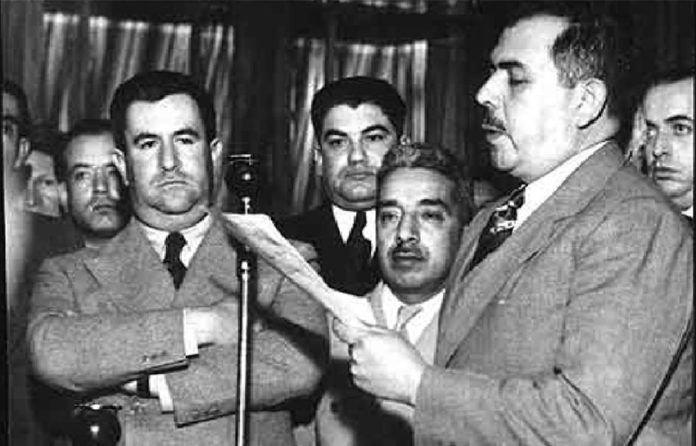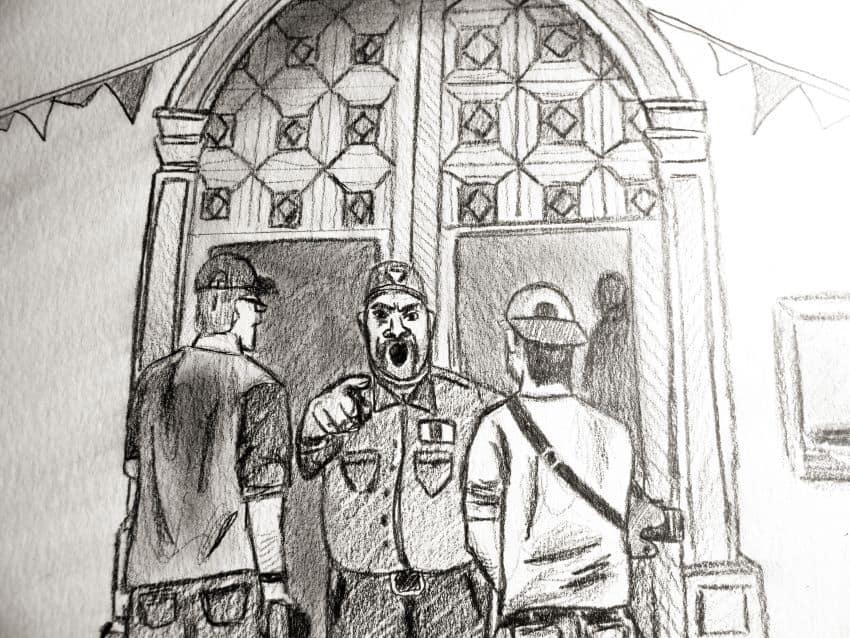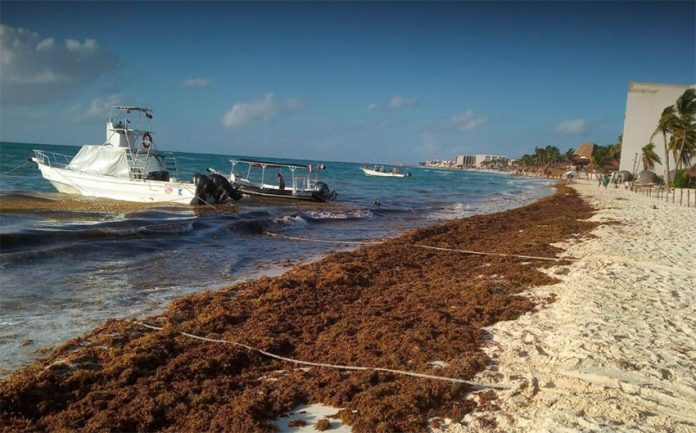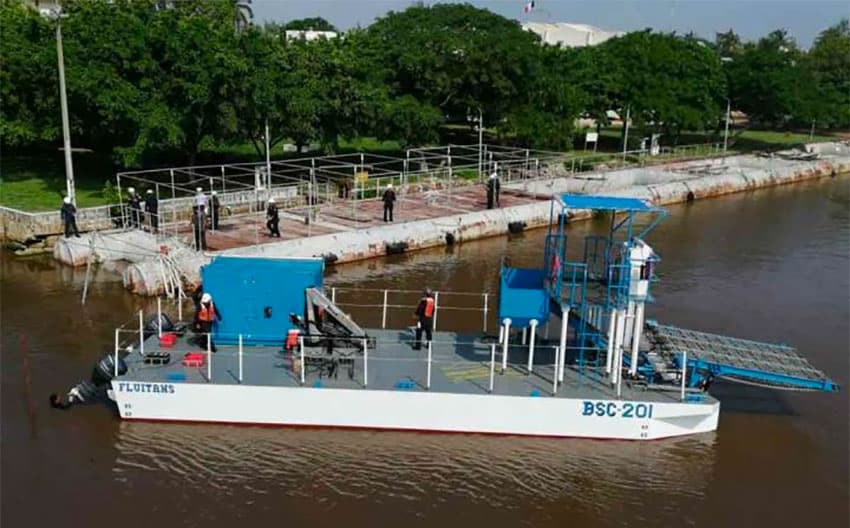The vaccination of five inmates at a prison in Cozumel, Quintana Roo, has triggered debate over whether criminals should be given priority over other citizens when it comes to inoculation against Covid-19.
Prisoners aged 60 and over at the Social Reintegration Center on the Caribbean Sea island were given shots against the infectious disease this week as part of a National Human Rights Commission campaign to encourage state governments to give early vaccine access to people in jail.
Marco Toh, president of the Quintana Roo Human Rights Commission, spoke out in favor of the campaign, saying that the inoculation of prisoners, who often live in cramped conditions that can fuel the spread of viruses, is necessary to guarantee their right to health. They should not be discriminated against, he said.
Lenin Amaro, president of the Riviera Maya chapter of the Business Coordinating Council, also said that the Cozumel prisoners had the right to be vaccinated.
“We mustn’t lose our human sense. It doesn’t matter that they’re prisoners if they’re older than 60,” he said, pointing out the national vaccination strategy gives priority to seniors, millions of whom have already received shots.
“… They’re twice as vulnerable because they’re over 60 and all locked up in the same place,” Amaro said.
Mario Machuca, head of a tourism workers association in Cancún, took a less sympathetic view.
“From my point of view the strategy is not bad but it’s not the most appropriate one either,” he said.
“The entire public and private health sector should be prioritized first followed by the economic sector taking into account waitstaff, hotel staff, chefs and all people who go to work every day and are exposed to the virus,” Machuca said.
Sergio León, president of the Cancún chapter of the Mexican Employers Federation, was skeptical about whether prisoners should be given precedence over non-frontline health workers.
“I believe that all people involved in health care, whether in direct contact [with Covid patients] or not should be considered a priority [for vaccination],” he said.
Social media users also weighed in. One quoted by the newspaper Milenio questioned why inmates were being vaccinated ahead of people who pay taxes and “behave well.” Another criticized the vaccination of prisoners while there are thousands of health workers who still haven’t received a shot.
Source: Milenio (sp)
